-
Posts
15,843 -
Joined
-
Last visited
-
Days Won
393
Content Type
Profiles
Forums
Events
Gallery
Blogs
Store
Community Map
Everything posted by jhb171achill
-
If you wear incontinence pants when volunteering, you won’t foul anything….
-
“The Irish Corridor” an Irish Train game
jhb171achill replied to Westcorkrailway's topic in General Chat
Keith Richards….. now THERES an oul wan who knows how to live! 6,406 years old and still rocking’! -
Not as outlandish an idea as it might seem to some, by any means - 00 Works sold out their (admittedly, probably very small run of) the West Cork 472 class saddle tanks, about as obsure as you could get. And they made it vaiable as with a few detail alterations, it "became" several british prototypes too.
-
“The Irish Corridor” an Irish Train game
jhb171achill replied to Westcorkrailway's topic in General Chat
I've no clue as to what "discord" is; presumably a modern variant of tiktokgram, instamusk or bookface - but - THIN LIZZY! Yes. That famous gig at Dalymount Park in 1976 (or was it 77) was probably the single best outdoor gig I've ever been to. -
There was a young fella in Castletown West, but he didn’t get on with Yer Man in the loco shed, and he went off to England, where he was last seen as a passed fireman on 9Fs in 1961…..
-
Looking at the bottom picture, Dugort is on the left. When designed, quite a few years ago now, the track was to go straight to a fiddle yard. Now, the gap in the middle is about to be bridged, and trains will continue to the right, and along the bogland section, still to have scenery added. The middle picture shows (where my hand is) the place where the connection will be made.
-
Up to now, for a number of reasons, Dugort terminus, originally designed just as a shunting layout, has been separate from the main line layout (Castletown West). Now, they will finally be properly connected. Yesterday, thanks to the good offices of Peter, Steve and Mark, we got the original but raised to the correct height, and preparations made to join them. This will give an idea - more to follow.
-
The work of the master of this trade, Kevan McIntosh!
-
Yes! That would make perfect sense - anything, even in steam days, could turn up on that. Way, way, way less likely is a B101 appearing from the GNR or Midland… Personally, while every photo tells a story, I’ve yet to hear of, let alone see either in real life or photographic form, any evidence of a 101 working a service train on either.
-
—— Back in 1944, the branch engine is 472, recently transferred in from Albert Quay. Here, on a similar duty, it is seen leaving Castletown West for the harbour. —- Finally, in 1958, the very same “A” as previously seen heads light towards Dugort to collect empty wagons…
-
Old colour slides from 1956…. and black white prints from 1944…..…. Dugort Harbour didn’t have a Sunday service, so the place latterly was deserted on Sundays - unless there was a GAA special. But not this day in summer 1956. Smell the turf smoke and sea air? —— The following Saturday, a light engine breaks the silence with its Crossley growl, as it heads down to the harbour station to collect a solitary fish van.
-
An exceptionally rare foray, if that's where it was coming from! They were always known on the railway as "southern engines".
-
The Eyre Lee Bird Railtour Cork-Galway-Return
jhb171achill commented on Niles's event in Community Calendar
-
That colour is 100% authentic. Even Cyril Fry's model in Malahide (unusually, but not uniquely) has a shade which is way, way too light. An OUTSTANDINGLY excellent model in all respects.
-
£115 sterling for a Hattons six-wheeled passenger brake - thus about €150 maybe, plus brexit / customs / postal charges..... and these things were about £40-odd new. I know there's some validity (perhaps less than many think) in the idea that if someone's prepared to pay a certain price for something, in a free world, why not. Go for it, and if you don't want to, toddle off. But there is also the wise old adage that "fools and their money are easily parted". Despite missing the black and tan one, due to a mistake by Hattons in my order originally, I will not be answering that ad. Aha! The elusive 217 class. Must confess the introduction of such a class passed unnoticed by me, as did a "yellow livery"............ But £46 is a much better price than the stuff mentioned above.
-
And We Thought Only Locos Used Turn Tables!
jhb171achill replied to murrayec's topic in Letting off Steam
The IOM one isn’t the Donegal one, unless they got a 2nd one which they never used. The St John’s one in the IOM was there from about 1905 I think. -
Irish Railway News ‘Enterprise Watch’
jhb171achill replied to IrishTrainScenes's topic in General Chat
This is scheduled as an NIR railcar. What happened? (Or do we even want to know!) -
And We Thought Only Locos Used Turn Tables!
jhb171achill replied to murrayec's topic in Letting off Steam
On the entire Isle of Man Railway there was only ever a single turntable, at St. Johns. From 1873 when the first stretch of the railway opened, to the present, the IOMR does not turn locomotives. With the exception of a very small number of occasions, they always worked chimney first out of Douglas and bunker first towards Douglas. The turntable was installed for one reason only - turning carriages periodically to ensure even weathering of the paintwork on both sides, particularly on the very exposed coastal section of the Manx Northern line mid-way between St Johns and Ramsey. Since 1968, only the Port Erin line operates, so both the northern line, St Johns station and that turntable have all gone. -
The carriages above - yes, a perfect illustration of weathering. the forst one is in the 1955 green, and the other three are in the older 1945-55 green, but in the "local" Cork version of simpler or absent loining.
-
Making an ‘E’ – the Maybach Diesel Model Assembly thread
jhb171achill replied to Mol_PMB's topic in Irish Models
Given the standard of your work it will look amazing! -
Making an ‘E’ – the Maybach Diesel Model Assembly thread
jhb171achill replied to Mol_PMB's topic in Irish Models
....leading some to think that silver stuff had grey or black roofs; not so! A bit like domes on steam engines that were any colour other than black, which were always body colour. but the grime made them LOOK dark grey or black. That colour pic of 402 is about as clean as you'd ever have seen one! -
Making an ‘E’ – the Maybach Diesel Model Assembly thread
jhb171achill replied to Mol_PMB's topic in Irish Models
Everything silver got utterly filthy, and quickly. In an environment still surrounded by many steam engines, hot oil, coal smoke, coal dust and steam (and leaking oil on Crossleys) it was inevitable. -
Yes, as you suspect, the diesel era put paid to all of that. As you say, certain locos were in steam days very much associated with certain lines, although classes like J15s could end up all over the place. In diesel days, Inchicore was Planet Central. Even the G611's got about - all but one of the seven were to be found in Loughrea from time to time (the missing one, G614, probably DID go there too, but I haven't seen a pic of it). E's were probably more static, though, as all here will know, while they're primarily associated with dublin, they did turn up at other places, sometimes (like Fenit, Shelton Abbey at al) not where you'd expect to have found them. (I personally saw them in Cork and Limerick - the latter, I think, E425 in the mid-70s).
.png.c363cdf5c3fb7955cd92a55eb6dbbae0.png)





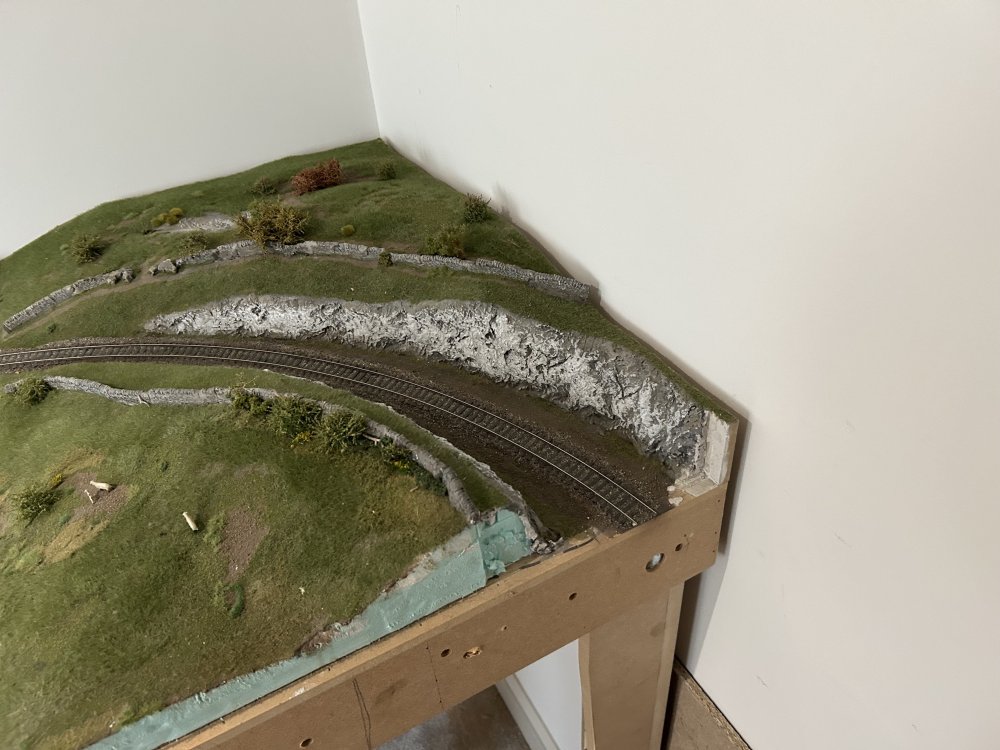
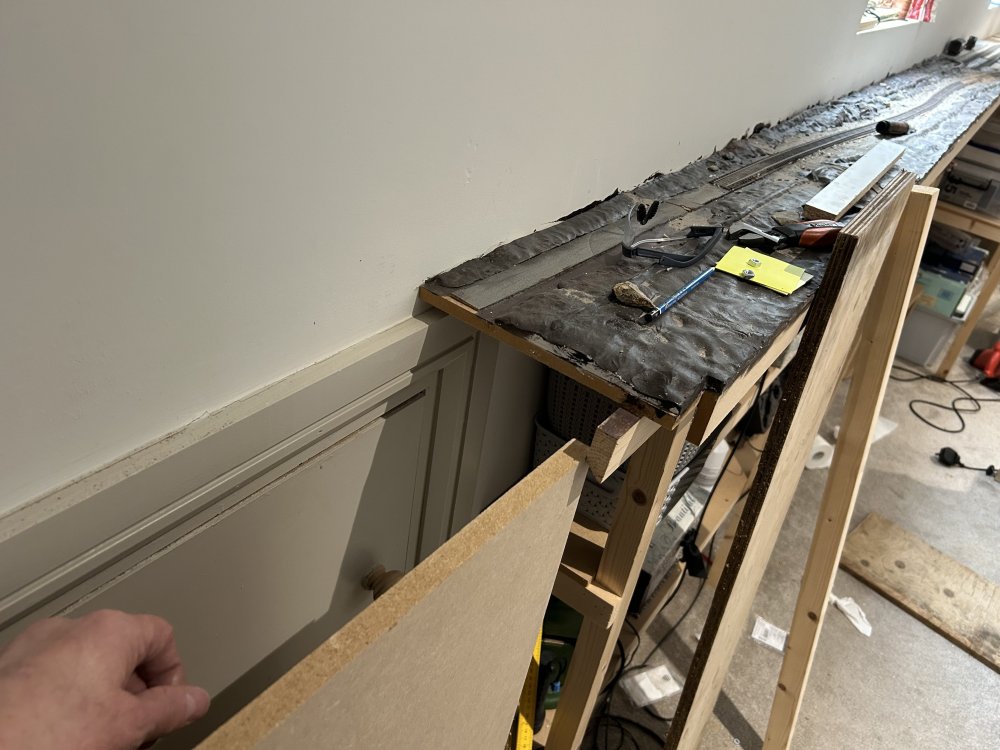
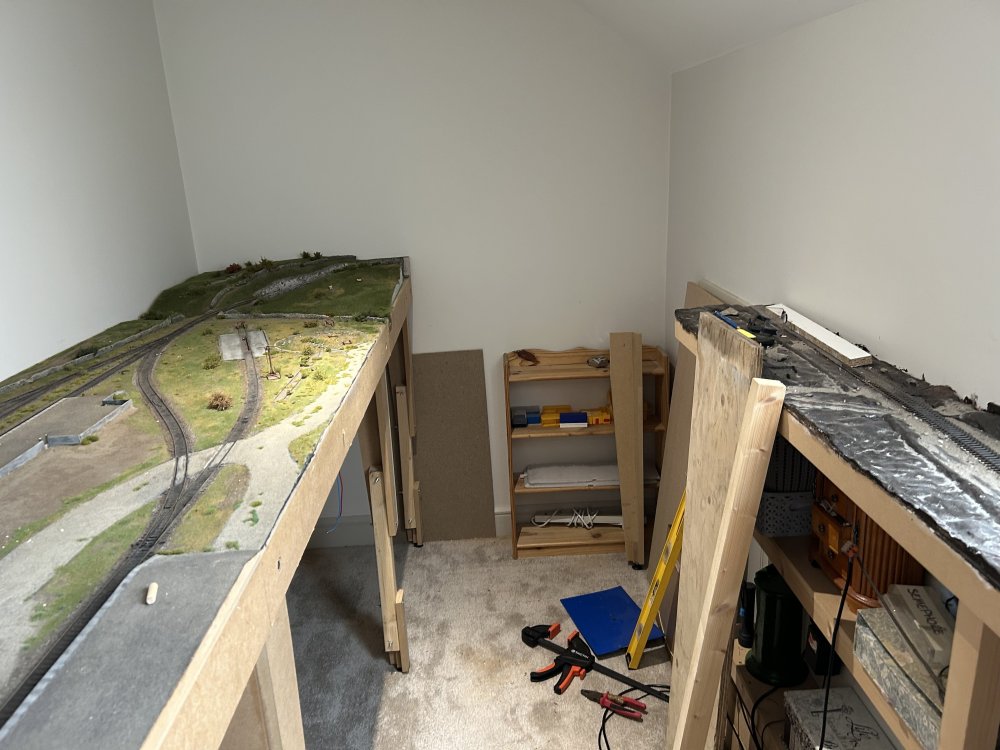
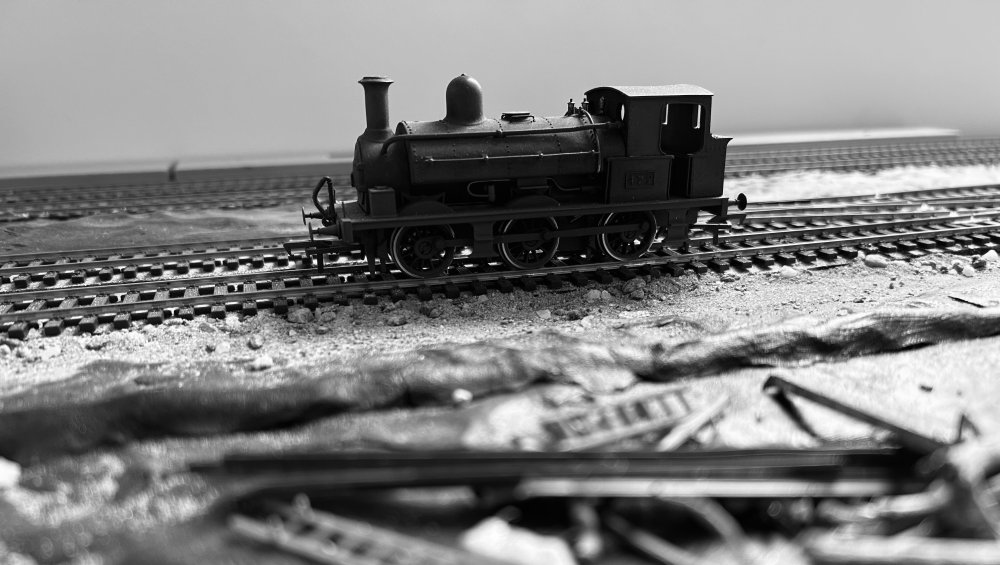
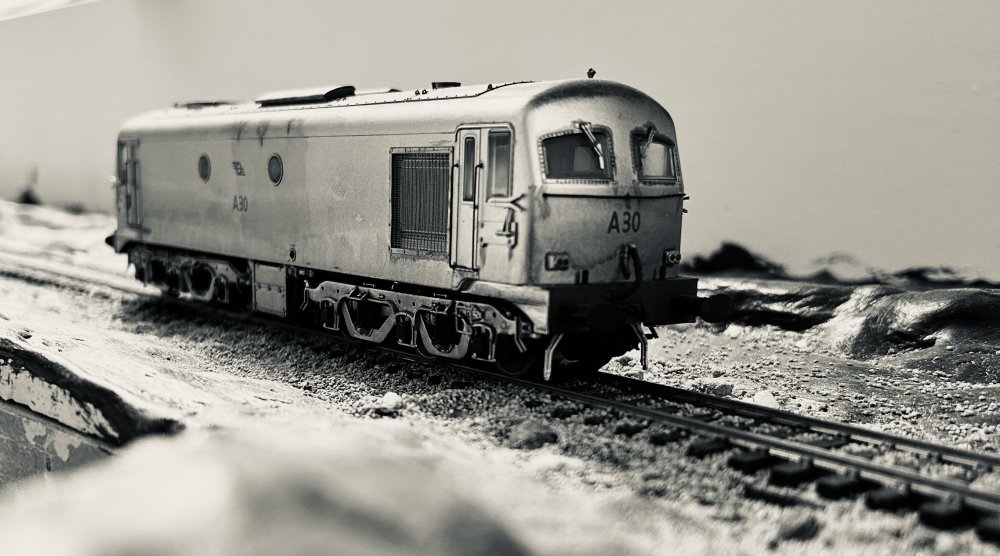
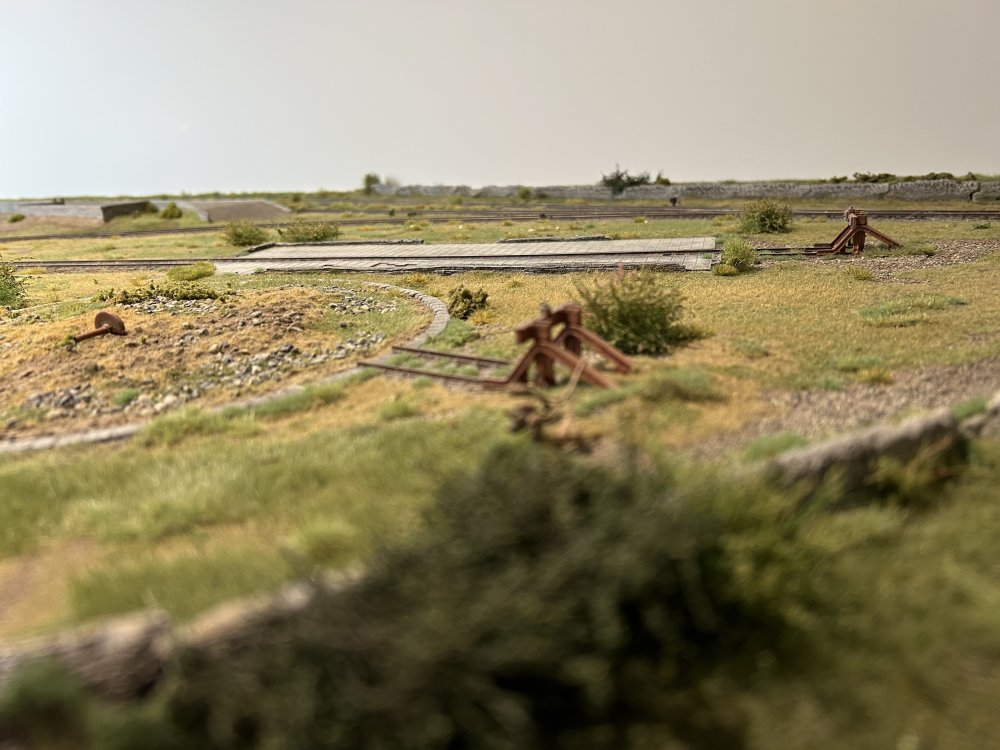
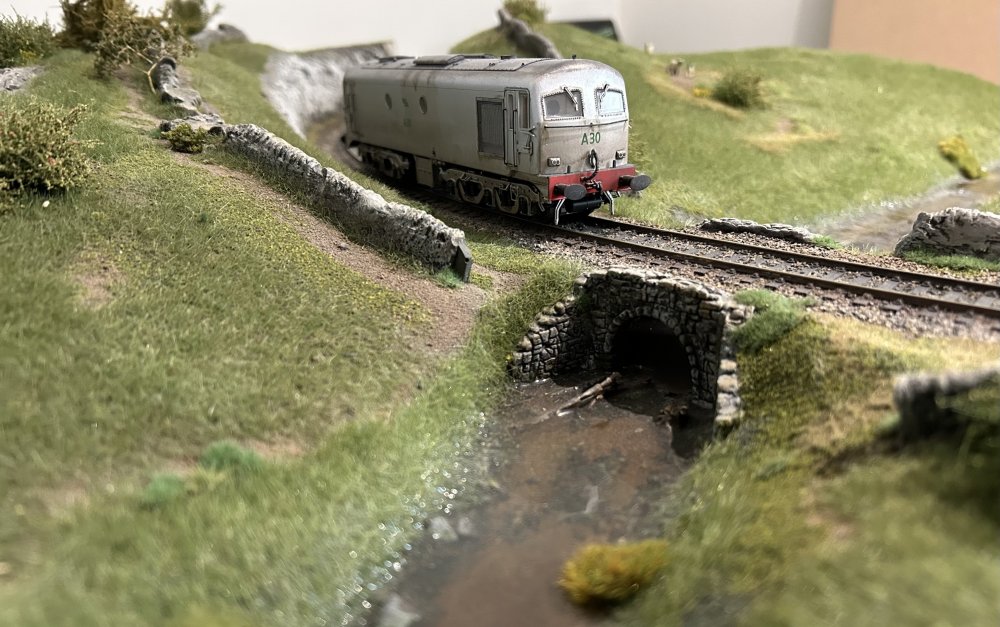


until